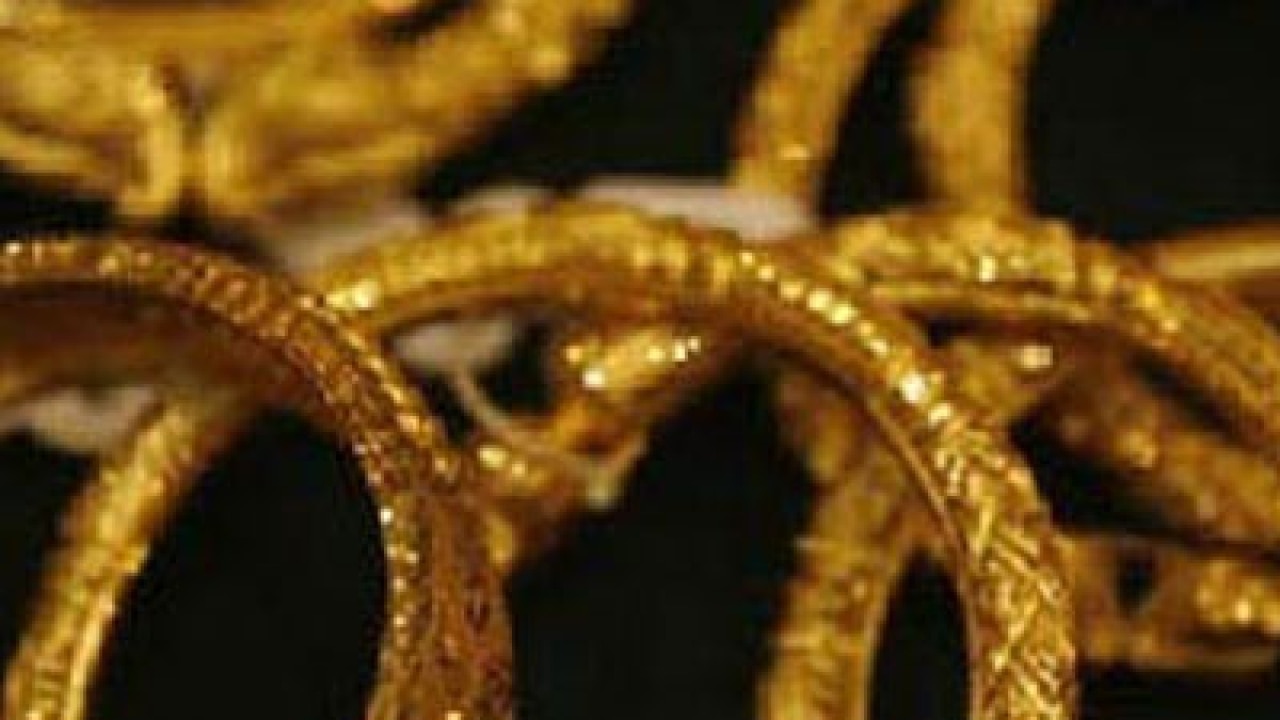
- Select a language for the TTS:
- UK English Female
- UK English Male
- US English Female
- US English Male
- Australian Female
- Australian Male
- Language selected: (auto detect) - EN
Play all audios:
NAGANO, Japan — If you’re the least bit nervous about seeing your children hurt, there are three sports you should never let them do. There’s football. There’s boxing. Then there’s pairs
figure skating. I’m not kidding. You might think a figure skater can be injured only if he or she trips over a sequin, but that’s not true for the pairs. If you have any doubt about that,
remember that the death spiral is one of the safest elements they’re required to perform. That’s the reason so few skaters compete in pairs. Only 20 teams in the world were deemed worthy of
competing in the Winter Olympics, and, if everybody was really honest about it, maybe half of them don’t belong. A Japanese pair in the short program Sunday night at the White Ring received
technical merit scores ranging from 3.2 to 4.0 on a 6.0 scale. The technical marks for the Azerbaijanis ranged from 3.6 to 4.2, the Armenians from 3.7 to 4.3. Nine couples combined for 10
falls. It’s a demolition derby on ice. Russia’s Elena Berezhnaya can tell you about the perils of pairs. In January of 1996, her partner, Oleg Shilakhov, slashed a deep cut into her skull
with his skate while they practiced side-by-side camel spins. She underwent emergency surgery, spent a month in the hospital and left unable to speak without slurring. More than two years
later, she has an accent that she didn’t have before. When she writes, she sometimes drops letters from the ends of words. She is, however, skating well, although with a new partner, Anton
Sikharulidze. Their camel spins during practices are not exactly side-by-side because she fears another accident, but they have melded nicely enough win the most recent Champion Series Final
and the European Championships. They have an excellent chance to win a medal here Tuesday night after finishing third in the short program. Some call Berezhnaya courageous. I call her
crazy. The same goes for Germany’s Mandy Woetzel. She spent three months in the hospital in 1989 after suffering a head injury on the same side-by-side camel spin that felled Berezhnaya.
During the long program in the 1994 Winter Olympics in Norway, she slipped at the start of the death spiral and hit the ice chin first. Her partner, Ingo Steuer, carried her off the ice.
Steuer, by the way, has had six knee operations. For the purposes of this column, I won’t even get into the recent car accident that left him with a hyperextended shoulder. Even so, the
reigning world champions are second behind Russia’s Oksana Kazakova and Artur Dmitriev after the short program. I know what you’re thinking. Pairs skating couldn’t possibly be more hazardous
than ice hockey. But tell me this. When’s the last time Paul Kariya was lifted by Marty McSorley, thrown 15 feet across the ice while performing a triple salchow and then landed on the
correct edge of his skate without a hair out of place? Try being lifted and thrown several times a day. Worse, try lifting and throwing someone several times a day. The No. 1 injury to men
in pairs is to their backs, especially when their partners start loading up on croissants while competing in Trophy Lalique. Dmitriev won the Olympic gold medal in 1992 and the silver in
1994 with Natalia Mishkutenok but had to find a new partner when she gained too much weight for him to lift comfortably. “She was a cloud,” lamented their coach, Tamara Moskvina. “A heavy
cloud.” To prevent such stress on the men’s frames, the Russians introduced the so-called “1 1/2s,” big men with small women such as two-time gold medalists Ekaterina Gordeeva and Sergei
Grinkov. The Americans adopted the strategy even before they spotted 516-pound sumo wrestler Akebono with 85-pound Tara Lipinski at a practice here last week. The fourth-place team after the
short program is 5-feet, 95-pound Kyoko Ina and 6-0, 170-pound Jason Dungjen. The sixth-place team is 5-0, 96-pound Jenni Meno and 5-11, 165-pound Todd Sand. Still, Sand has excruciating
back pain. That’s not all. Both he and Meno broke their wrists in separate training accidents last year. In this year’s national championships, she sprained her ankle while landing a throw
triple salchow. Unable to finish the competition, they’re here on an injury waiver from the U.S. Figure Skating Assn. Dungjen is still wearing an elastic bandage on his hand from an injury
suffered last November. Setting up to throw Ina, he tore ligaments in his thumb when he caught it in Ina’s skirt. You’re never going to see that at a hockey game. MORE TO READ






